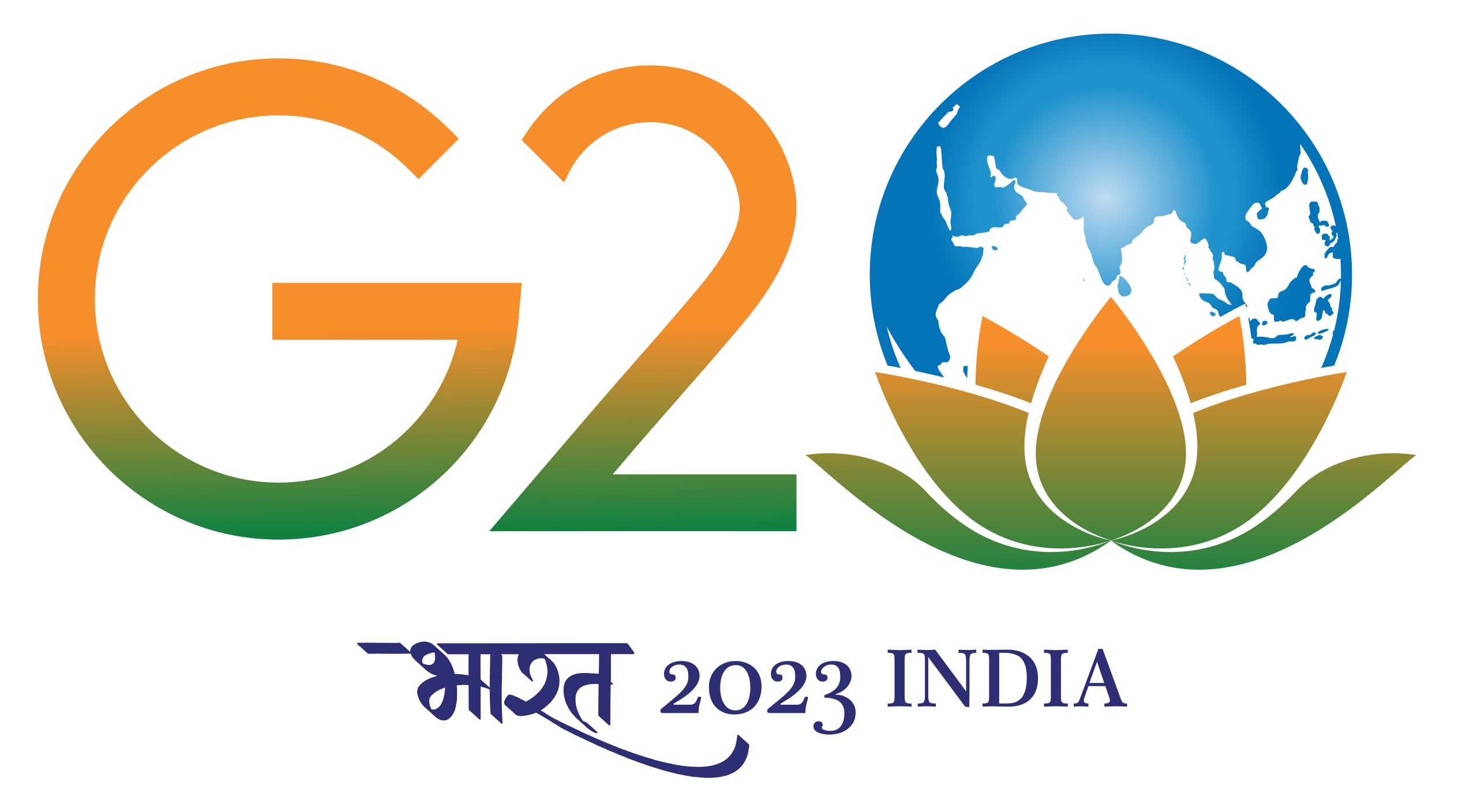Dr. Fathima Fasmin

Dr. Fathima Fasmin
Assistant Professor
Office Address:
Department of Chemical Engineering, National Institute of Technology - Calicut, Calicut - 673601
Contact no:
Email ID:
Home Address:
C11, NITC Quarters, NITC P O, Kozhikode
PhD. in Chemical Engineering, 2016 Indian Institute of Technology-Madras, India
B.Tech. in Chemical Engineering, 2005 University of Kerala, India
Educational Qualifications
-
PhD. in Chemical Engineering, 2016 Indian Institute of Technology-Madras, India
-
B.Tech. in Chemical Engineering, 2005 University of Kerala, India
Professional Experience
-
Assistant Professor (Feb 2020 – to date), Department of Chemical Engineering, National Institute of Technology-Calicut, Kerala, India
-
Postdoctoral Researcher (June 2017 – Dec 2019), Energy Centre, Qatar Environment and Energy Research Institute (QEERI), Doha, Qatar
-
Lecturer (Jan 2006 - Dec 2006), Department of Biotechnology and Biochemical Engineering, Kerala University, Kerala, India
1. 'Modeling simulation & design of Mg/H2O seawater reduction batteries using cost effective cathodic materials', Rs. 9,76,001, Naval Physical Oceanographic Laboratory (NPOL), DRDO
2. 'Towards scalable and efficient gas diffusion electrodes for electrochemical reduction of CO2 to ethanol', Rs. 4,97,000, Faculty Research Grant, NITC
3. 'Technoeconomic assessment, modeling & simulation of electrochemical reduction of CO2 to ethanol', Rs. 95,750, UG Innovative Project Funding Scheme, NITC
- S. Paruvayakode and F. Fasmin (2022), Modeling, simulation and experimental validation of magnesium based seawater reduction battery, 241st ECS meeting, May 29 – June 2, Vancouver, Canada
- F. Fasmin, F. H. Aidoudi, A. Kheireddine, M. Arunachalam, A. Sodiq, R. Zaffou, and B. Merzougui (2019), Electrochemical studies and performance evaluation of 1-amino anthraquinone based slurry electrodes in flow cell batteries, International Flow Battery Forum, Lyon, France.
- M. Arunachalam, S.E. Creager, R. Smith, S. Mariyam, F. Fasmin, A. Sodiq, R. Zaffou, and B. Merzougui (2019), Fabrication and Characterization of novel anion exchange blend membranes based on Tetra aryl phosphonium Ionomer for energy conversion and storage applications, International Flow Battery Forum, Lyon, France.
- A. Sodiq, L. Mohapatra, F. Fasmin, S. Mariyam, R. Zaffou and B. Merzougui (2018), Hybrid Flow Battery System Based on S-Fe-Slurry Electrodes,European Materials Research Society, Strasbourg, France.
- A. Sodiq, L. Mohapatra, F. Fasmin, S. Mariyam, R. Zaffou and B. Merzougui (2018), Flowable Carbon Suspension Electrodes for Sulfur-Iron Redox Flow Battery, International Flow Battery Forum,Lausanne, Switzerland.
- A. Sodiq, L. Mohapatra, F. Fasmin, R. Zaffou, and B. Merzougui (2018), Flow Battery Based on Slurry Electrode for Energy Storage, 3rd green& sustainable chemistry, Berlin, Germany.
- F. Fasmin, P. M. Ranjith and S. Ramanathan (2016), Corrosion studies of Zirconium in acidic chloride medium, 18th National Conference on Corrosion Control, Chennai, India.
- M. S. Amrutha, F. Fasmin, P. Illayaraja, S. Chandran, S. Ramanathan (2016), Anodic dissolution of Ti in acidic fluoride media, ECS Transactions, 72 (17), 75-90, San Diego, CA, USA.
- F. Fasmin and S. Ramanathan (2015), Effect of CO poisoning of PEM Fuel Cell anode on impedance Spectra - Simulations, ECS Transactions, 66 (27), 1-14, Chicago, Illinois, USA.
- F. Fasmin and S. Ramanathan (2014), Detection of nonlinearities in Electrochemical Impedance Spectroscopy using KramersKronig Transforms, International Conference on Electrochemical Science and Technology (ICONEST), Bengaluru, India.
- F. Fasmin and S. Ramanathan (2013). Simulation of large amplitude multi sine EIS with nonlinear effects. Fifth ISEAC Triennial International Conference on Advances and Recent Trends in Electrochemistry, Hyderabad, India
- Assistant Professor Feb 2020 – to date
Department of Chemical Engineering
National Institute of Technology-Calicut, Kerala, India
- Postdoctoral Researcher June 2017 – Dec 2019
Energy Centre
Qatar Environment and Energy Research Institute (QEERI), Doha, Qatar
- Lecturer Jan 2006 - Dec 2006
Department of Biotechnology and Biochemical Engineering
Kerala University, Kerala, India
- Electrochemical energy systems – advanced electrode materials and cell design
- Understanding electrochemical impedance data using detailed physics-based models
- Understanding mechanism of corrosion using experiments and modeling
- CO2 electroreduction
- A. Sodiq, L. Mohapatra, F. Fasmin, S. Maryam, and B. Merzougui, “Electrode Catalyst for Flow Cell Batteries”, US patent application No.62/741,192, April 2018 (Filed).
- A. Sodiq, F. Fasmin, L. Mohapatra, S. Mariyam, M. Arunachalam, H. Hamoudi, R. Zaffou, and B. Merzougui (2020). Enhanced Electrochemical Performance of Modified Thin Carbon Electrode for All-Vanadium Redox Flow Batteries. Material Advances Material Advances, 1, 2033-2042, doi: 10.1039/D0MA00142B
- A. Sodiq, L. Mohapatra, F. Fasmin, S. Mariyam, M. Arunachalam, A. Kheireddine, R. Zaffou and B. Merzougui (2019). Black Pearls Carbon as Catalyst for All-Vanadium Redox Flow Batteries. Chemical Communications,55, 10249-10252, doi: 10.1039/C9CC03640G
- F. Fasmin and S. Ramanathan (2017). Review – Nonlinear Electrochemical Impedance Spectroscopy. Journal of Electrochemical Society, 164(7) H443 – H455, doi: 10.1149/2.0391707jes
- M. S. Amrutha, F. Fasmin and S. Ramanathan (2017). Effect of HF concentration on anodic dissolution of Titanium. Journal of Electrochemical Society, 164(4) H188 – H197,doi: 10.1149/2.0501704jes
- F. Fasmin and S. Ramanathan (2015). Detection of nonlinearities in electrochemical impedance spectra by KramersKronig Transforms. Journal of Solid State Electrochemistry, 19 (6), 1833-1847, doi: 10.1007/s10008-015-2824-9
- F. Fasmin, B. V. S. Praveen and S. Ramanathan (2015). A kinetic model for the anodic dissolution of Ti in HF in the active and passive regions. Journal of Electrochemical Society, 162 (9), H604-H610, doi: 10.1149/2.0251509jes
7. S Paruvayakode, Athulya O V, Thomas K A and F Fasmin, Modeling and Simulation of Discharge Behavior of Mg-H2O Seawater Battery (2023), Journal of Power Sources (IF-9.79), 578, 233175, doi.org/10.1016/j.jpowsour.2023.233175
1. R Srinivasan and F. Fasmin (2021). An Introduction to Electrochemical Impedance Spectroscopy, CRC Press


